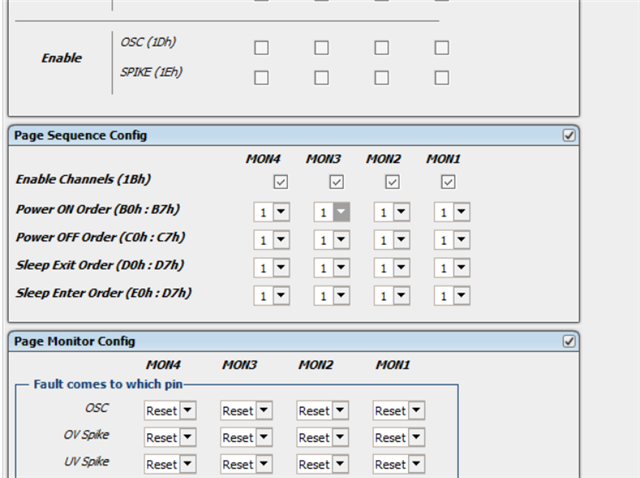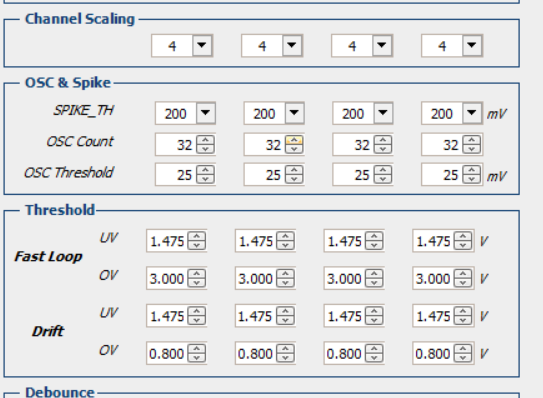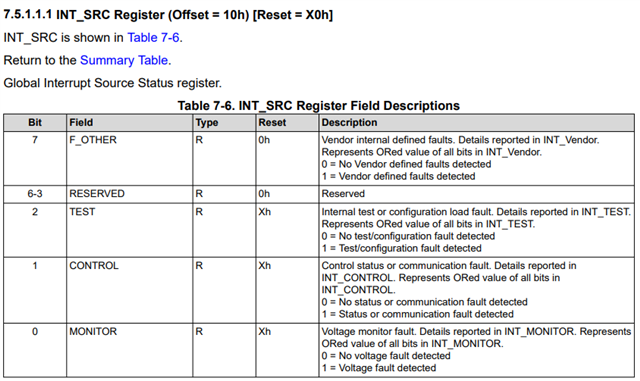Other Parts Discussed in Thread: TPS388008, TPS389006
Tool/software:
Hi everyone,
Recently, we did a monitoring test with a TPS388008001 and the evaluation board TPS389006Q1EVM on the software device TI Fusion Power Designer 7.6.6. I change the jumper's configuration to adapt TPS389006Q1EVM to TPS388008001.
Unfortunately, the software device can't recognize the TPS388008001. In fact, he detected the TPS389004 but we didn't have this component and we didn't have 4 monitoring channel but 8. So, we had to take the supervisor TPS389006 because we thinked that the probleme came to the fact that TPS388008 didn't adapt for our evaluation board. But, the software device detected again the supervisor TPS389004. So we want to know why the evaluation board TPS389006 can't recognize the good version of supervisor ?
Finally, we did a monitoring test with a TPS388008001, the evaluation board TPS389006Q1EVM and a Micro-Python code to command the supervisor with a Raspberry Pi Pico. We noticed that the supervisor seems to work well but he conserved the past errors of monitoring on this volatile memory until we did a reset of the power supply. So we want to know was it a register who permitted to erase the past errors every time we launch the code ?








